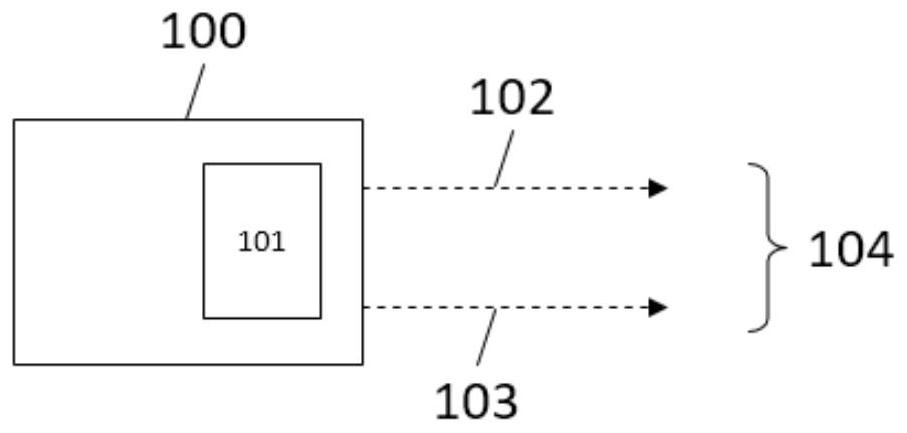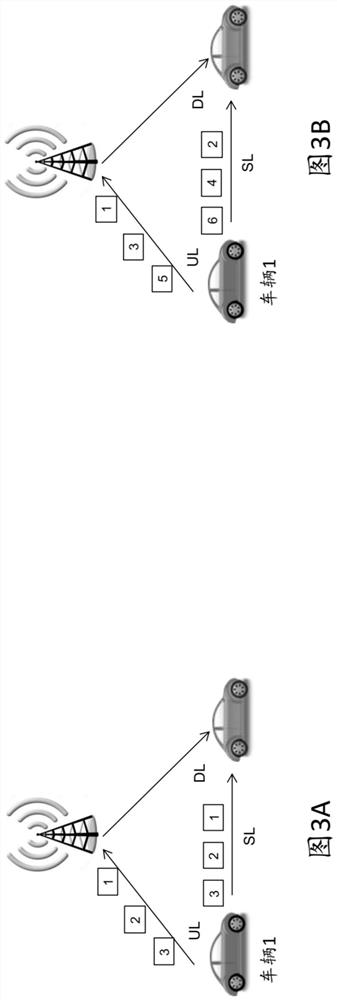Device for transmitting and/or receiving a message in a combined assisted and ad-hoc mode
A technology for sending messages and auxiliary mode, applied in the field of mobile communication, which can solve problems such as activation, establishment, or configuration without consideration, and achieve the effect of reduced redundancy and high data rate
- Summary
- Abstract
- Description
- Claims
- Application Information
AI Technical Summary
Problems solved by technology
Method used
Image
Examples
Embodiment Construction
[0183] figure 1 Shown is a device 100 for sending a message (eg user plane data packet) 101 over a wireless communication system. The device 100 may in particular be a UE, for example a UE used in a vehicle, or a vehicle. To send the message 101 , the device 100 is configured to select one of the assisted mode 102 , the ad-hoc mode 103 , and the combined assisted and ad-hoc mode 104 . The above-mentioned selection may also include specification of one or more resources related to the selected mode, such as a predefined resource block for the assisted mode. After the selection has been performed, the message 101 is sent via the selected mode. This selection may eg be an initial selection, ie the mode is selected for the first time (eg at start-up). The selection may also include, for example, changing the currently used mode to the newly selected mode.
[0184] In other words, the device 100 enables an initial selection of a communication mode (which may include session / co...
PUM
 Login to View More
Login to View More Abstract
Description
Claims
Application Information
 Login to View More
Login to View More - R&D
- Intellectual Property
- Life Sciences
- Materials
- Tech Scout
- Unparalleled Data Quality
- Higher Quality Content
- 60% Fewer Hallucinations
Browse by: Latest US Patents, China's latest patents, Technical Efficacy Thesaurus, Application Domain, Technology Topic, Popular Technical Reports.
© 2025 PatSnap. All rights reserved.Legal|Privacy policy|Modern Slavery Act Transparency Statement|Sitemap|About US| Contact US: help@patsnap.com



